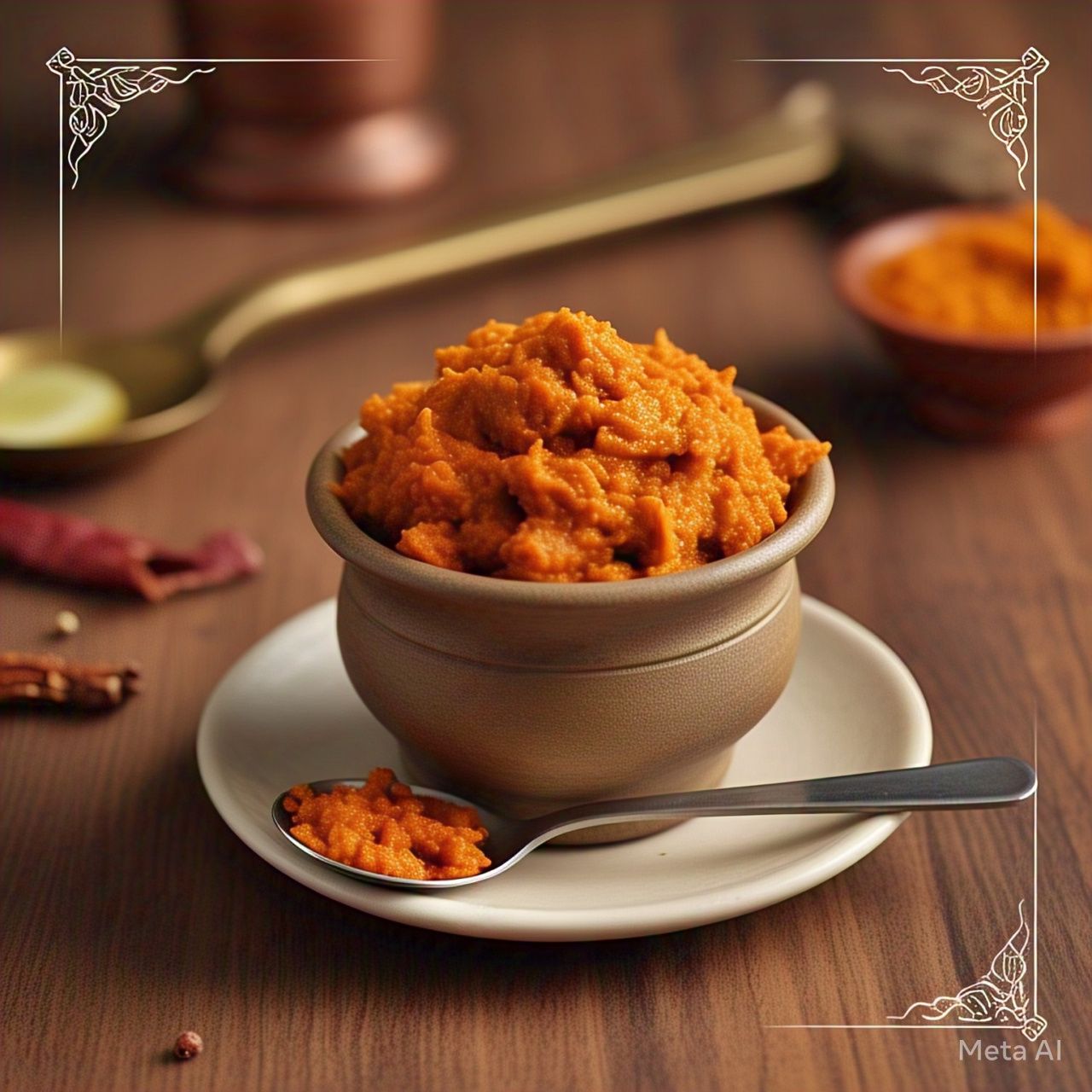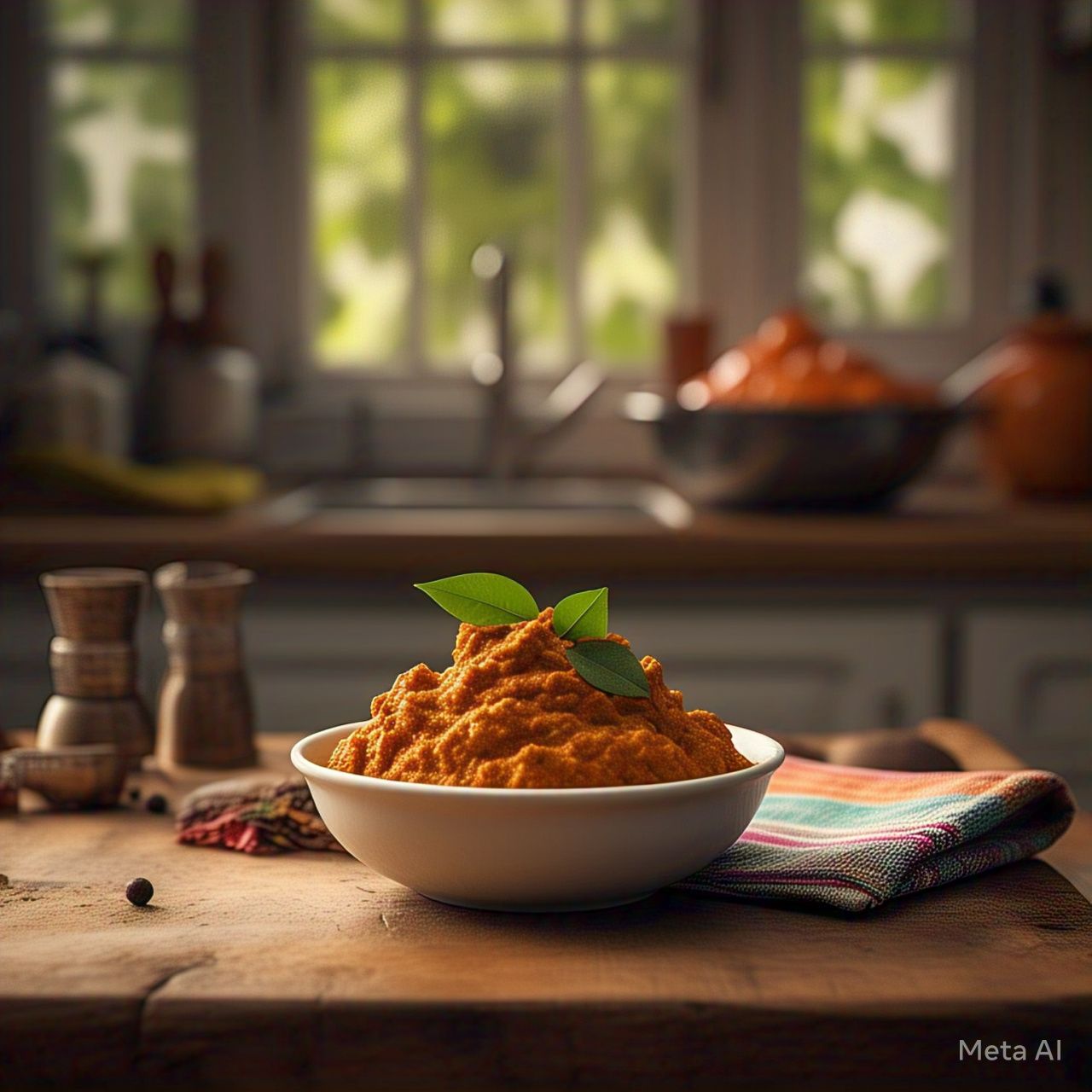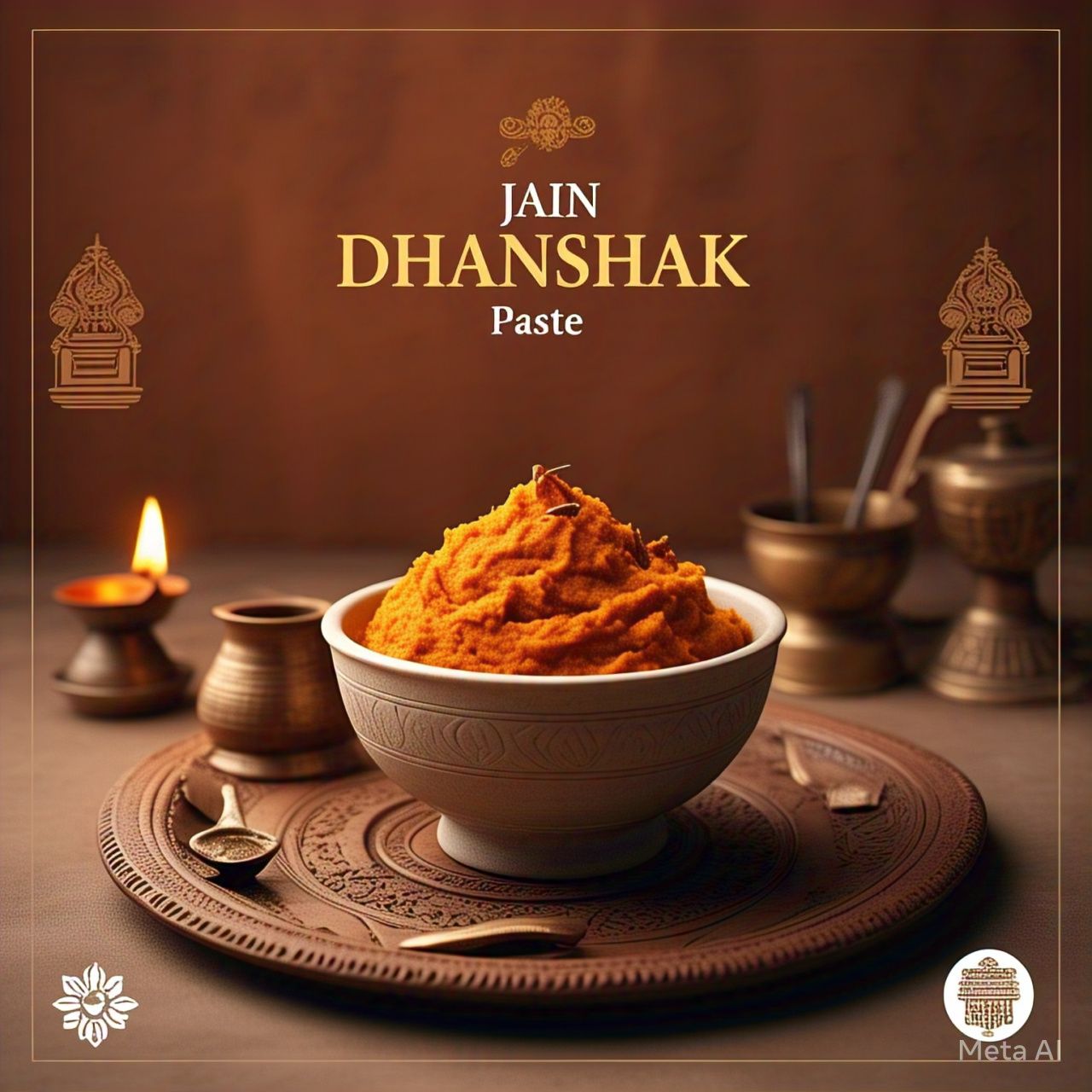Spring roll seasoning is a flavorful blend of herbs and spices that can transform ordinary dishes into exciting culinary experiences. Whether you're preparing spring rolls, stir-fries, or vegetable dishes, this seasoning offers a unique balance of savory, tangy, and aromatic notes. In this blog, we’ll explore the benefits, uses, cooking tips, and its environmental impact.
What is Spring Roll Seasoning?
Spring roll seasoning is a carefully crafted spice blend designed to enhance the flavors of spring rolls and other dishes. The seasoning usually includes ingredients like garlic, ginger, soy sauce powder, sesame seeds, and five-spice powder. It’s a versatile addition to many Asian-inspired dishes, delivering a delightful kick of flavor.
Key Ingredients of Spring Roll Seasoning:
- Garlic: Offers savory depth.
- Ginger: Adds a zesty, fresh note.
- Soy Sauce Powder: Provides umami and saltiness.
- Sesame Seeds: For crunch and nutty flavor.
- Five-Spice Powder: A mixture of cinnamon, cloves, star anise, fennel seeds, and Sichuan peppercorns for a fragrant, sweet-savory balance.
Benefits of Using Spring Roll Seasoning
Incorporating spring roll seasoning into your cooking provides numerous benefits that can enhance both the taste and convenience of your meals.
1. Rich Flavor Profile
This seasoning offers a well-rounded blend of salty, sweet, and spicy flavors, making it perfect for a variety of dishes. It transforms ordinary ingredients into something special.
2. Convenient and Time-Saving
Instead of using multiple individual spices, spring roll seasoning consolidates them into one easy-to-use blend, saving you time and effort in meal prep.
3. Versatility in Cooking
Spring roll seasoning can be used beyond just spring rolls. It’s ideal for stir-fries, noodle dishes, and even as a topping for roasted vegetables and tofu.
4. Customizable to Your Taste
You can adjust the amount of seasoning based on how much flavor and heat you want in your dish, making it highly adaptable to different preferences.
How to Use Spring Roll Seasoning in Your Cooking
Spring roll seasoning is incredibly versatile. Here are some practical ways to incorporate it into your meals:
1. For Spring Rolls
Simply sprinkle the seasoning into the filling mix for added flavor. You can use it in both fried and fresh spring rolls for an extra boost.
2. Stir-Fries and Noodles
Add a teaspoon of spring roll seasoning to your stir-fried vegetables or noodles for a vibrant, flavorful kick.
3. As a Seasoning for Roasted Vegetables
Toss your favorite vegetables with a bit of oil and spring roll seasoning before roasting to create a crunchy, flavorful dish.
4. Dips and Sauces
Mix the seasoning with soy sauce and rice vinegar to create a quick dipping sauce for fresh vegetables or tofu.
5. On Rice and Grains
Add it to your rice or quinoa for a savory side dish that complements your main course.
Seasonal and Holiday Favorites with Spring Roll Seasoning
Spring roll seasoning isn’t just for everyday meals; it’s perfect for adding flavor to seasonal and holiday dishes.
1. Summer Parties
During summer, you can serve fresh spring rolls with a dipping sauce made from spring roll seasoning, offering a refreshing, light snack for gatherings.
2. Winter Comfort Foods
In colder months, use spring roll seasoning in stews, soups, and stir-fries for a warming, comforting flavor.
3. Holiday Dishes
For holiday dinners, try using the seasoning to enhance roasted vegetables or to season a unique vegan dish that your guests will love.
Spring Roll Seasoning vs. Other Common Seasonings
How does spring roll seasoning compare to other spice blends? Let’s take a closer look.
Spring Roll Seasoning vs. Soy Sauce
- Flavor: Soy sauce is liquid and offers a salty, umami flavor. Spring roll seasoning is a dry powder that provides a more complex, multi-layered flavor due to the inclusion of spices like garlic and ginger.
- Usage: Soy sauce is great for marinades and stir-fries, but spring roll seasoning can be sprinkled over dry foods like popcorn, roasted vegetables, and noodles for an extra flavor punch.
Spring Roll Seasoning vs. Five-Spice Powder
- Flavor Profile: Five-spice powder focuses mainly on sweet and aromatic flavors, while spring roll seasoning balances sweet, salty, and spicy notes.
- Versatility: Spring roll seasoning can be used in a wider variety of dishes, from fresh spring rolls to noodles, while five-spice is more often used in specific applications like stir-fries or stews.
Cooking Tips for Using Spring Roll Seasoning
Here are some expert tips for making the most of your spring roll seasoning:
1. Balance Heat with Sweetness
If you find the seasoning too spicy, balance it out by adding a bit of honey or sugar. This helps achieve the perfect blend of sweet and spicy flavors.
2. Experiment with Other Herbs
Don’t be afraid to experiment. Adding fresh herbs like cilantro or mint to your spring rolls alongside the seasoning can enhance the flavor and add a refreshing element to the dish.
3. Pairing with Plant-Based Dishes
Spring roll seasoning is excellent for vegan dishes. Pair it with tofu, tempeh, or vegetables for a hearty yet healthy meal.
4. Use as a Marinade
Mix the seasoning with a bit of soy sauce and olive oil to create a quick marinade for tofu, tempeh, or vegetables before grilling or roasting.
Impact of Food Waste and How Spring Roll Seasoning Can Help
Food waste is a significant environmental issue. It not only wastes valuable resources like water and land but also contributes to greenhouse gas emissions. By using long-lasting products like spring roll seasoning, you can reduce waste in the following ways:
1. Extended Shelf Life
Spring roll seasoning, being a dry spice blend, has a long shelf life. This reduces the likelihood of spoilage, allowing you to use it over a longer period without worrying about it going bad.
2. Minimizing Ingredient Waste
Instead of buying multiple fresh herbs and spices that may spoil before you use them up, spring roll seasoning offers a convenient and cost-effective way to add flavor without waste.
3. Flexible for Leftovers
Spring roll seasoning can easily be added to leftover rice, vegetables, or noodles, allowing you to repurpose ingredients that would otherwise be thrown away.
Frequently Asked Questions (FAQs)
Can I Make Spring Roll Seasoning at Home?
Yes, you can make your own spring roll seasoning by combining garlic powder, ginger powder, soy sauce powder, sesame seeds, and five-spice powder. Adjust the proportions to suit your taste preferences.
Is Spring Roll Seasoning Suitable for Vegan Diets?
Yes, spring roll seasoning is typically vegan-friendly, as it contains only plant-based ingredients like spices, sesame seeds, and garlic.
How Do I Store Spring Roll Seasoning?
Store your spring roll seasoning in an airtight container in a cool, dry place to maintain its flavor and freshness for several months.
Can Spring Roll Seasoning Be Used in Other Cuisines?
Absolutely! While it’s commonly used in Asian cuisine, it’s also fantastic for seasoning roasted vegetables, noodles, rice, and even adding a unique twist to dips and sauces.
Conclusion
Spring roll seasoning is a versatile and flavorful spice blend that can enhance a wide variety of dishes, from fresh spring rolls to stir-fries, roasted vegetables, and even dips. By incorporating this seasoning into your meals, you not only add exciting flavors but also contribute to reducing food waste and supporting sustainability. Whether for seasonal favorites or everyday meals, this seasoning is a must-have in your kitchen!





Share:
Sriracha Honey Hot Chilli Seasoning: A Perfect Balance of Heat and Sweet
Ras El Hanout: The Ultimate Spice Blend for Flavorful Dishes